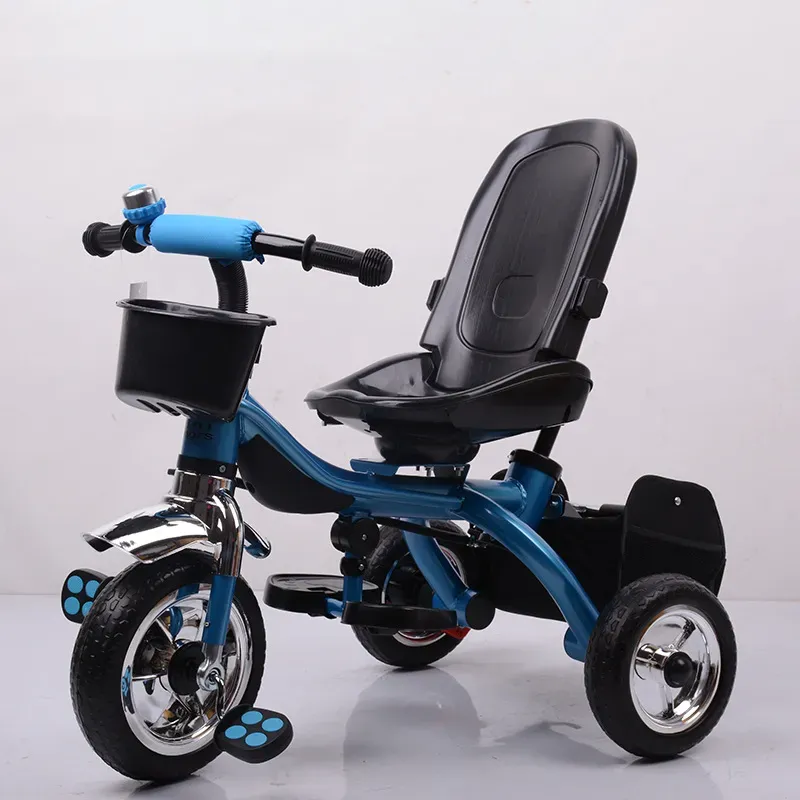mountain bike classification
Mountain Bike Classification Understanding the Different Types
Mountain biking is an exhilarating sport that allows riders to explore rugged terrains and appreciate the beauty of nature. However, not all mountain bikes are created equal; they are specifically designed to cater to various terrains and riding styles. Understanding the classification of mountain bikes is essential for anyone looking to invest in the right bike for their needs. In this article, we will delve into the different types of mountain bikes and their respective features, enabling you to make informed decisions when purchasing or upgrading your ride.
1. Cross-Country (XC) Bikes
Cross-country bikes are designed for speed and efficiency on varied terrains. They typically feature a lightweight frame, narrow tires, and a geometry that allows for maximum pedaling power. XC bikes often have a suspension travel of 100mm or less, making them ideal for climbing hills and racing on smooth trails. Riders who enjoy competitive racing or long-distance rides will find that XC bikes provide the performance needed to tackle these challenges effectively.
2. Trail Bikes
Trail bikes represent a versatile category suitable for a broad range of riding styles. With suspension travel ranging from 120mm to 150mm, they strike a balance between climbing efficiency and downhill capability. Trail bikes usually have a more relaxed geometry compared to XC bikes, which enhances stability on descents and technical sections. They are perfect for riders who want to take on diverse trails, combining both uphill and downhill riding experiences.
Also known as enduro bikes, all-mountain bikes are built to handle more aggressive terrain. With suspension travel typically between 140mm and 170mm, these bikes are designed for downhill performance while still being capable of climbing challenging trails. All-mountain bikes feature durable frames and components to withstand rough trails, and their geometry often leans towards stability at high speeds, making them ideal for riders who enjoy technical descents and rugged environments.
mountain bike classification

4. Downhill (DH) Bikes
As the name suggests, downhill bikes are engineered for steep descents and aggressive riding. They come with significant suspension travel, often exceeding 200mm, that can absorb the shocks from rocky trails and jumps. DH bikes are heavier and less efficient on climbs, focusing solely on downhill performance. Their geometry is designed to provide the utmost stability and control at high speeds. Riders who frequent downhill parks or rugged tracks will benefit from the features and robust construction of downhill bikes.
5. Freeride Bikes
Freeride bikes share similarities with downhill bikes but are even more versatile for tricks and stunts. They feature a sturdy frame and a suspension system that can handle the impacts from jumps and rough landings. Freeride bikes often have adjustable travel settings, allowing riders to alter their setups based on the terrain and obstacles ahead. These bikes are excellent for riders who want to combine downhill biking with creativity and style through jumps, drops, and various maneuvers.
6. Fat Bikes
Fat bikes are designed for riding in snow, sand, and loose surfaces. They feature oversized tires that provide increased traction and stability, making them perfect for adventurous riders who want to explore unconventional terrains. The wide tires allow fat bikes to float on soft surfaces, while the robust frames ensure durability. These bikes can be a unique addition to any mountain biker’s collection, enabling year-round riding regardless of the conditions.
Conclusion
The world of mountain biking is rich and varied, with each bike type tailored to specific riding styles and terrain. Whether you are a competitive racer, a casual trail rider, or an adventurous enthusiast looking to tackle the wildest descents, there is a mountain bike out there for you. By understanding the differences between cross-country, trail, all-mountain, downhill, freeride, and fat bikes, you can better assess your needs and choose the perfect bike to enjoy the great outdoors. Remember that selecting the right mountain bike not only enhances your performance but also significantly improves your overall riding experience, allowing you to connect with nature in exhilarating new ways.
-
The Perfect Baby TricycleNewsAug.11,2025
-
Ride into Fun with Bikes for KidsNewsAug.11,2025
-
Ride into Adventure with the Perfect Kids Balance BikeNewsAug.11,2025
-
Fun and Safe Riding with the Best Childrens ScootersNewsAug.11,2025
-
Find the Perfect Childrens Bike for Your Little OneNewsAug.11,2025
-
Explore the Best Baby Tricycles for Your Little OneNewsAug.11,2025
-
Three-Wheel Light-Up Scooter Benefits for KidsNewsJul.11,2025








